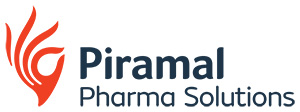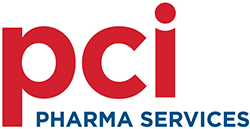2012 saw plenty of M&A activity, expansion into emerging markets but also job cuts as companies streamline their operations and cut costs. There was also investment in new plants to meet growth in demand. Jane Ellis reports
There were several significant deals during 2012, none bigger than Watson Pharmaceutical’s purchase of the Actavis Group for US$5.4bn, which created the world’s third-largest generics company, with combined sales expected to be in excess of $8bn. The new company will be called Actavis from the beginning of next year and will employ 17,000 people. Headquartered in New Jersey, US, Watson is also to start a multi-year rebranding campaign for its facilities, operations and commercial presence in 2013.
Not yet a Subscriber?
This is a small extract of the full article which is available ONLY to premium content subscribers. Click below to get premium content on Manufacturing Chemist.
Subscribe now Already a subscriber? Sign in here.Featured companies
 Piramal Pharma Solutions
Piramal Pharma Solutions (PPS) is a Contract Development and Manufacturing Organization (CDMO), offering end-to-end development and manufacturing solutions across the drug life...
Piramal Pharma Solutions
Piramal Pharma Solutions (PPS) is a Contract Development and Manufacturing Organization (CDMO), offering end-to-end development and manufacturing solutions across the drug life...
 Aenova Group
In Europe and worldwide, Aenova is one of the leading contract development and manufacturing organisations (CDMO). The range of services covers the entire value chain of...
Aenova Group
In Europe and worldwide, Aenova is one of the leading contract development and manufacturing organisations (CDMO). The range of services covers the entire value chain of...
 Gerresheimer
Gerresheimer is an innovative systems and solutions provider and a global partner for the pharma, biotech and cosmetic industries
Gerresheimer
Gerresheimer is an innovative systems and solutions provider and a global partner for the pharma, biotech and cosmetic industries
 Lonza
As a dedicated CDMO serving the healthcare industry, we bring life-enhancing and life-saving treatments to market for our customers and their patients. We are a pioneer and...
Lonza
As a dedicated CDMO serving the healthcare industry, we bring life-enhancing and life-saving treatments to market for our customers and their patients. We are a pioneer and...
- See also:
- PCI Pharma Services
- BASF Personal Care and Nutrition GmbH
- GlaxoSmithKline
- Patheon
- Pfizer
- Sanofi
- Hospira
- AstraZeneca
- Aptar Beauty
- Axplora
- Merck KGAA
- IQVIA

